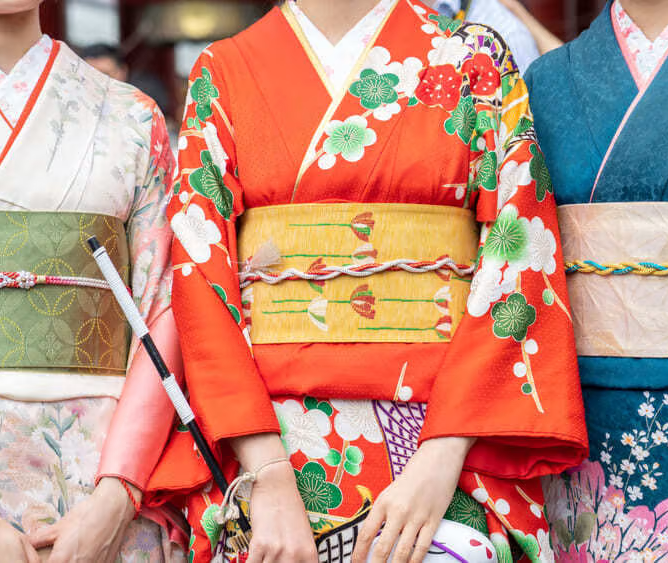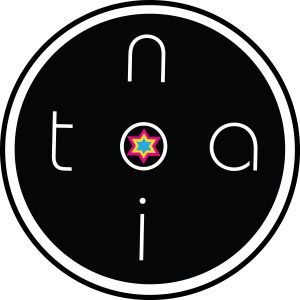In a world increasingly conscious of its environmental impact, the fashion industry stands at a crossroad, torn between tradition and innovation. One remarkable move towards sustainable fashion is the repurposing of traditional fabrics, and within this, you can find the elegantly rich Obi fabric. Originating from Japan, the Obi is a wide belt or sash traditionally worn with a kimono, however it can be so much more. Our company holds focus on the art of repurposing Obi fabric, exploring its cultural significance and the sustainable practices that make it an icon of eco-friendly fashion. Before exploring sustainability and the future, it’s important to understand the cultural and historical significance of the fabric itself. Obi is more than just a piece of clothing; it’s a symbol of tradition, heritage, and craftsmanship. These wide, intricately designed belts have been a central element of Japanese fashion for centuries, often passed down through generations.
Art of the Craft
The craftsmanship involved in creating Obi fabric is almost out of this world. From the delicate weaving to the intricate embroidery, every Obi tells its own unique story. The motifs often depict nature, folklore, or historical events, reflecting the rich tapestry of Japanese culture. The nature of its unique patterns and designs, ensures that repurposed pieces are inherently one of a kind. In a world saturated with mass-produced fashion, these limited editions offer consumers a chance to own something truly special.

As fashion cycles evolve and tastes change, these Obi fabrics are at risk of being forgotten and cast aside along with its generations of history. Repurposing Obi fabric is a way of preserving the cultural heritage embedded in each thread. By transforming these fabrics into fashionable bags, we pay homage to the centuries-old craftsmanship, ensuring that the time, stories, and traditions woven into the Obi live on. Not only that, but through our bags and their fabrics, we get to experience a culture with such rich history being engraved into our everyday lives.
Moving Forward
Enter the world of sustainable fashion, where repurposing becomes a powerful tool for breathing new life into forgotten treasures. Repurposing Obi fabric is not just a nod to the past, but a commitment to a sustainable future. Here, we’ll talk more on how this process contributes to eco-friendly fashion and a cleaner world.





